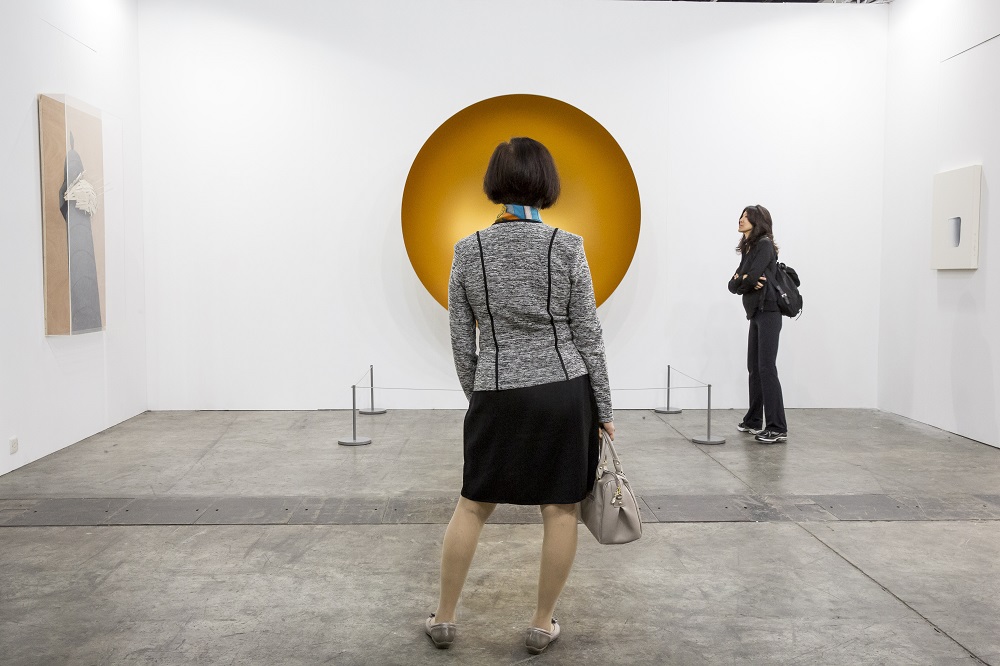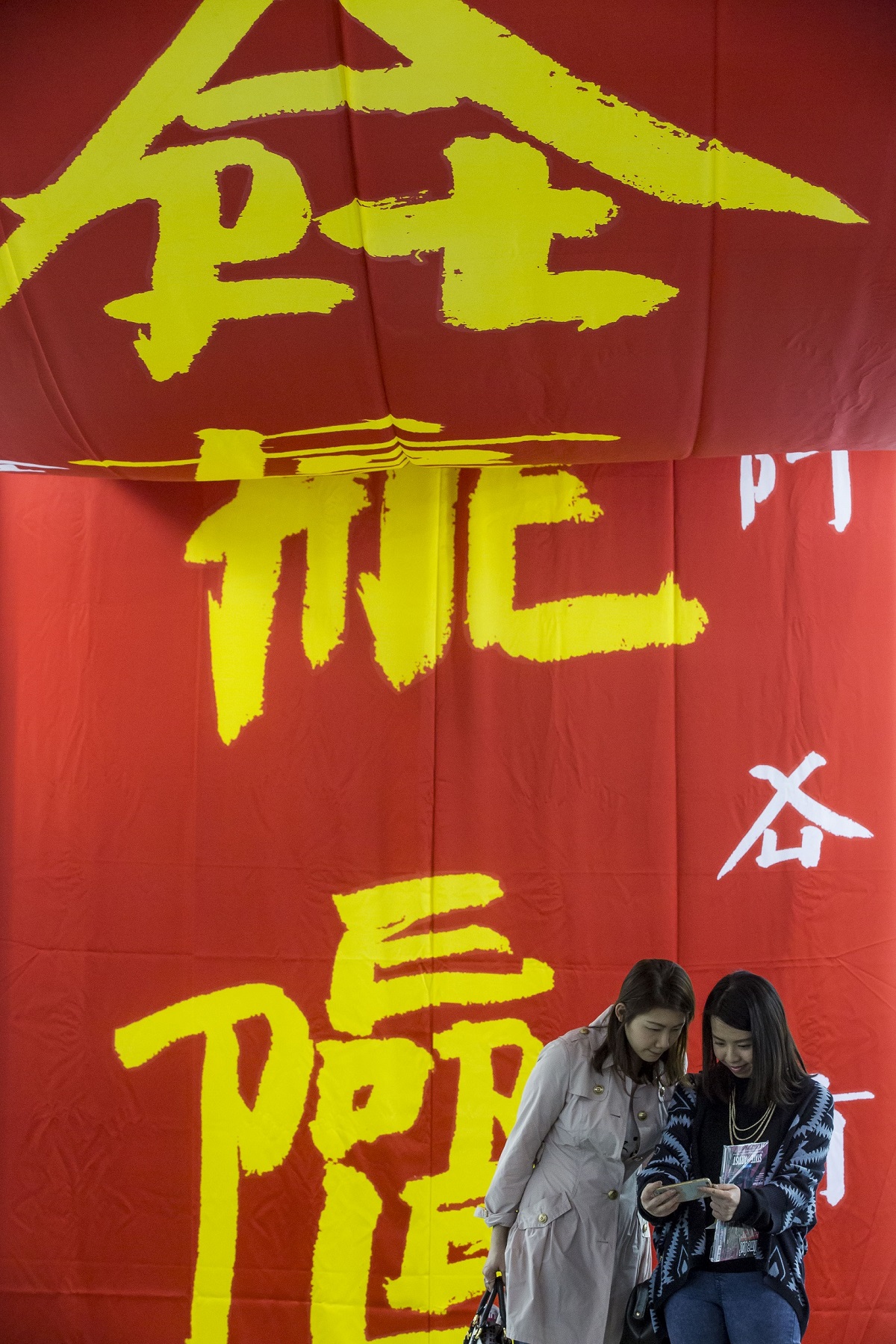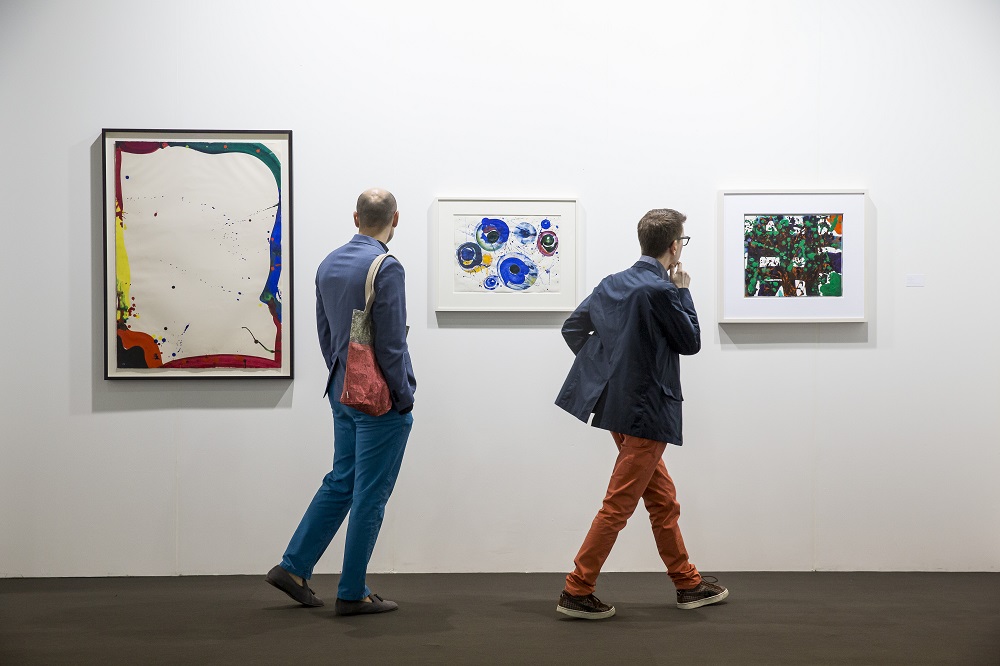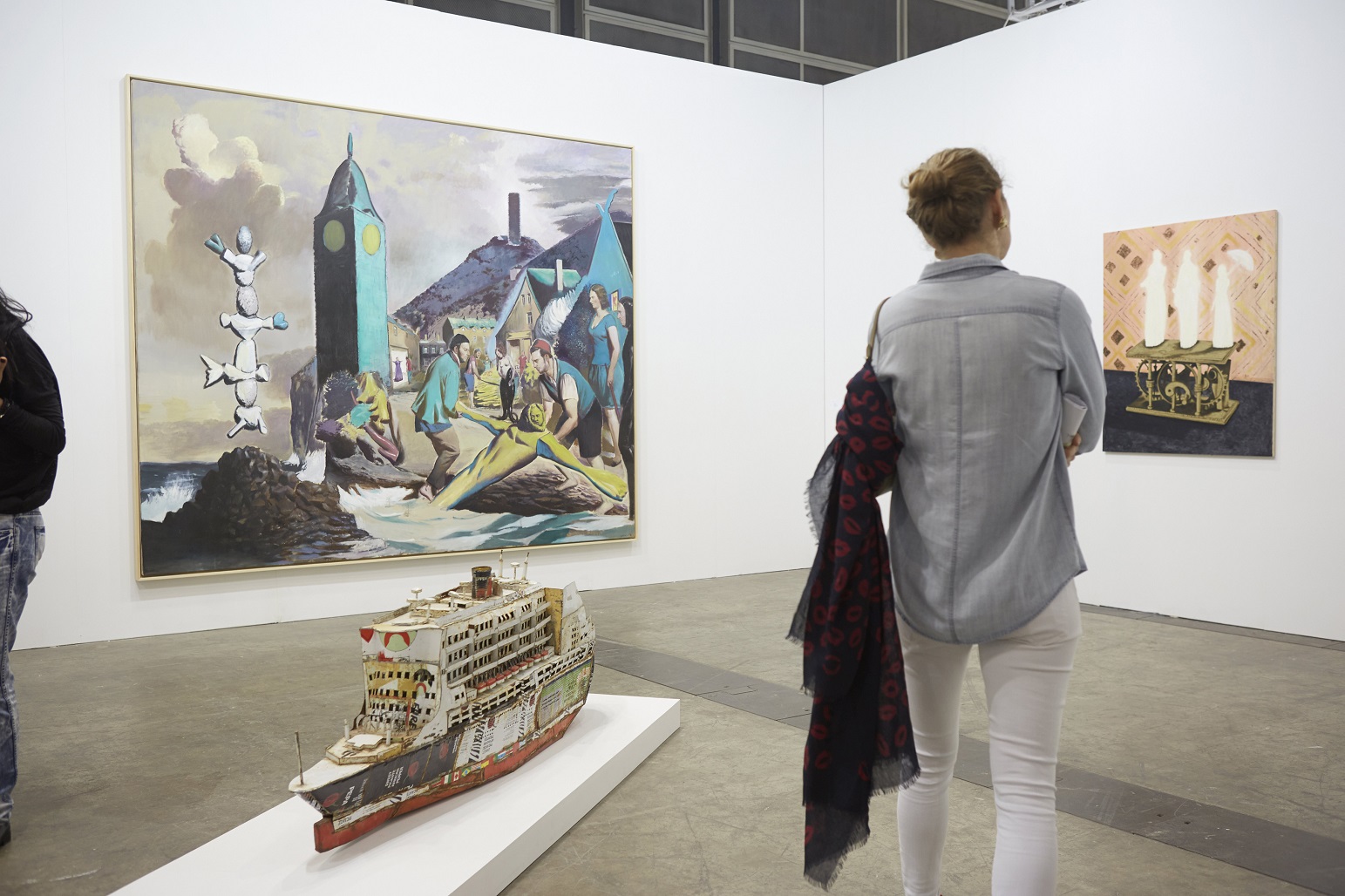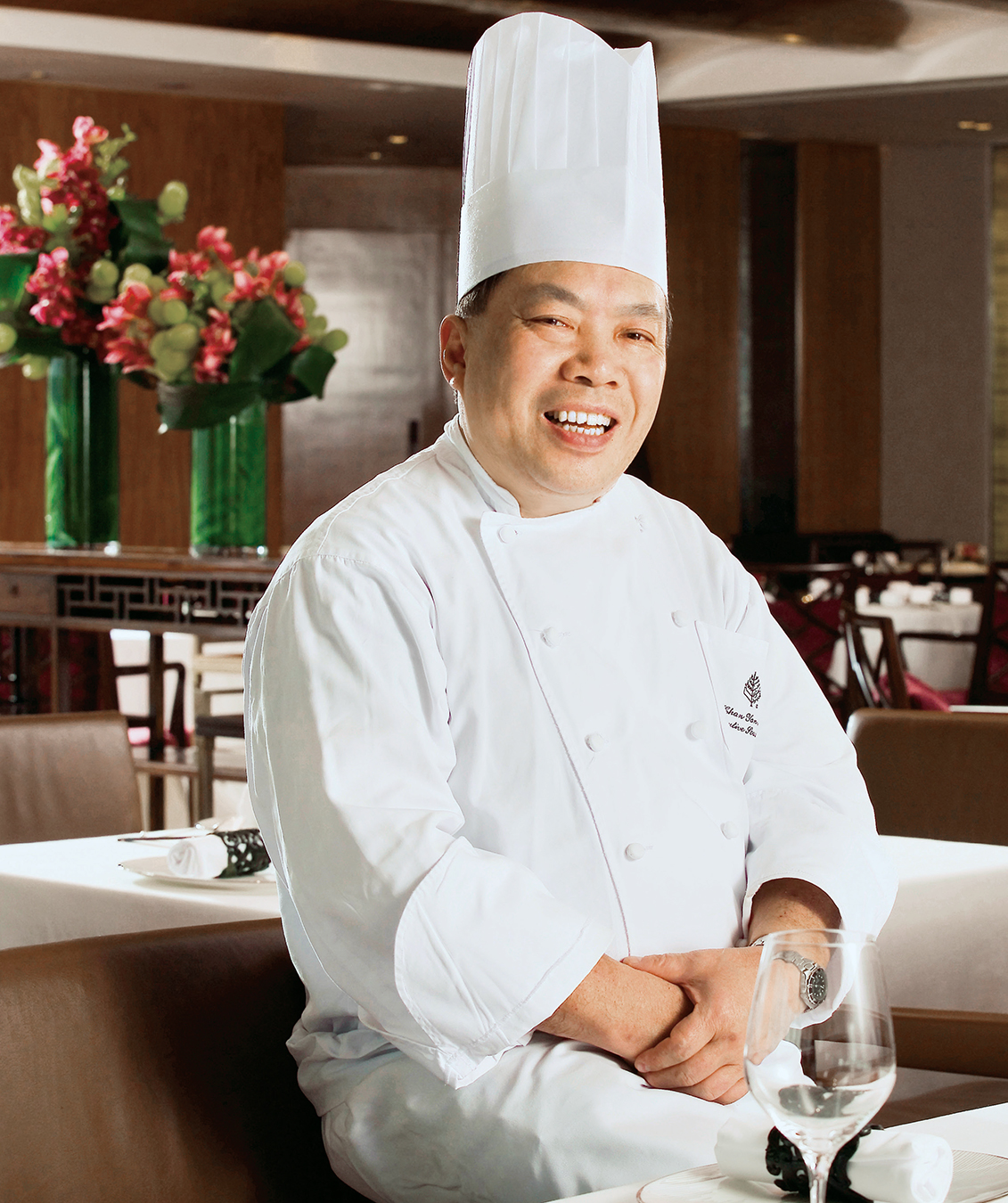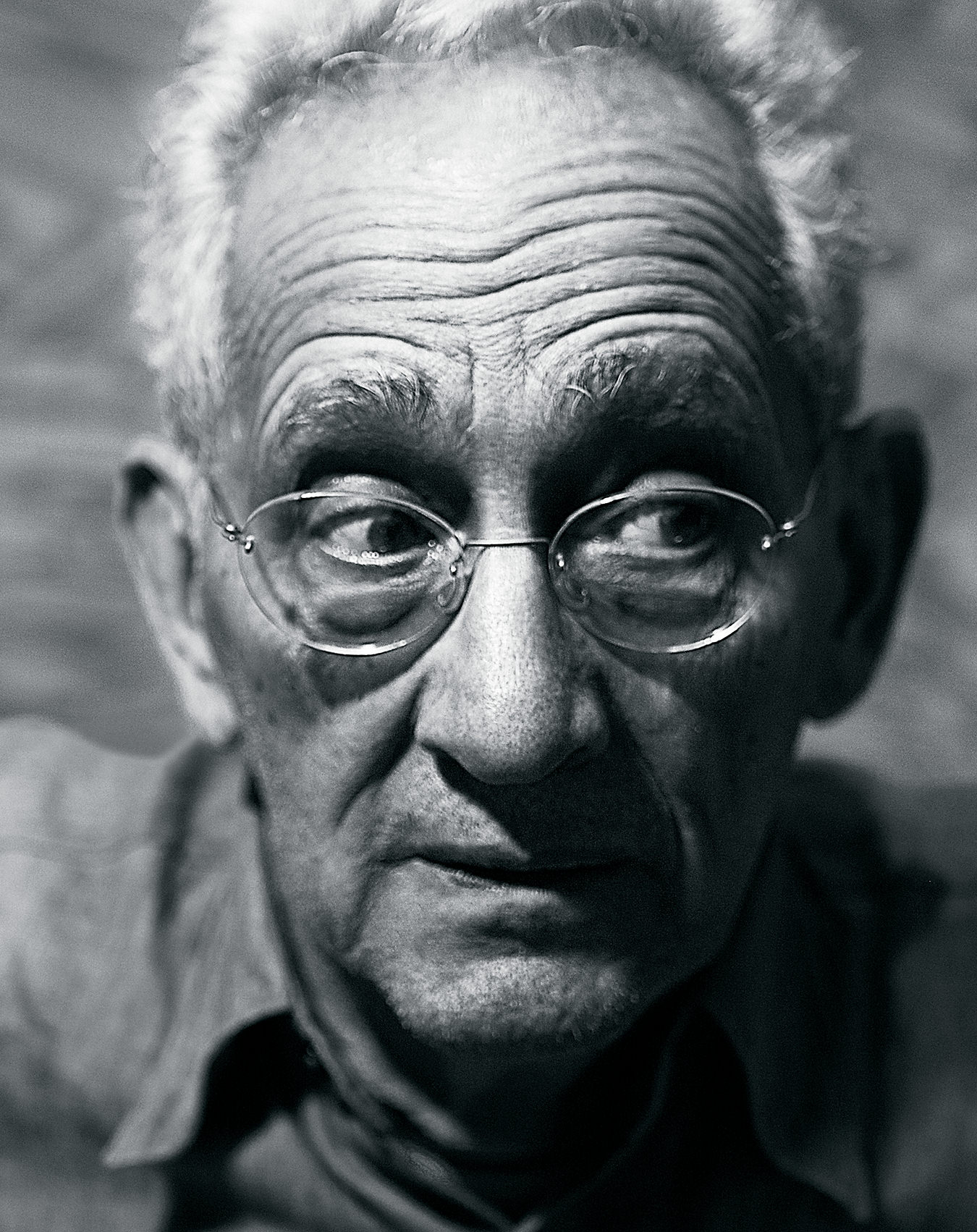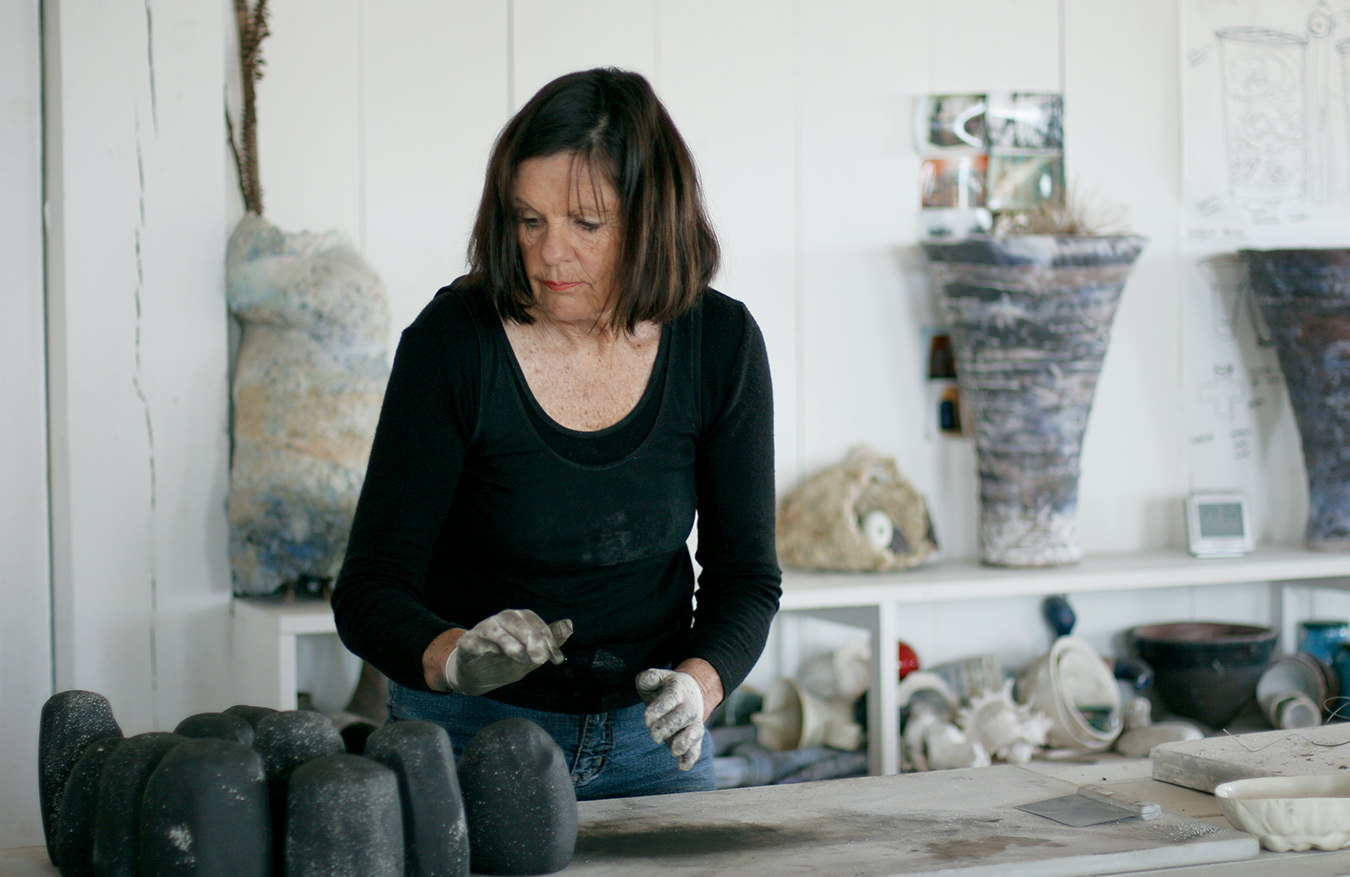Understanding Art Basel Hong Kong
Everything you need to know about this unmissable stop on the global art circuit.
Rest assured that many of the seats on Hong Kong-bound flights in the last week of March were filled by high-rolling collectors, curators, reporters, and analysts heading for the city’s much anticipated third iteration of Art Basel. Hotels had been booked months in advance, five-star restaurants were at full capacity and VIP parties ran into the early hours of the morning, their attendees arriving bleary-eyed at the fair’s entrance the next day. Inside, 180 of the world’s leading commercial galleries had set up booths exhibiting sculptures, paintings, drawings, installations, photographs, video, and digital artworks from the 20th and 21st centuries. A frenzied, week-long gathering for the international art community, a deep-pocketed collector’s haven and show-time for blue chip galleries, Art Basel drew thousands of visitors to the Asian metropolis for an unmissable stop on the global art circuit.
Art Basel originated in 1970 in Basel, Switzerland, and now stages annual iterations in Miami and Hong Kong in addition to its hometown. In each locale, the fair aims to flaunt the best of premier international galleries’ inventories, attracting patrons to negotiate sales that can reach into the millions of dollars. Parallel programming is produced in collaboration with each city’s local institutions, including non-profits, museums, and publishing houses which host talks, events, and mini-exhibitions around the fair. Housed inside the Hong Kong Convention and Exhibition Centre since its inauguration, Art Basel Hong Kong covers a sprawling 35,000 square metres of space over two floors, complete with lavish VIP lounges (think champagne and attendants offering private jet services) and cafes to refuel.
This year, the event attracted nearly 70,000 visitors over five days—a 17 per cent increase from 2015’s attendance. Lines snaked around the convention centre, tickets sold out on the last day, and some visitors waited hours to enter. As the fair in Switzerland showcases the best of contemporary European art, and collectors in Miami snatch up works from Central and South America, the Hong Kong iteration of Art Basel naturally has an Asian focus. With work by over 4,000 artists, around half of the 239 participating galleries hailed from the Asia-Pacific region, a lineup that aimed to provide an overview of the area’s diversity. A designated section presented 28 special projects by Asian galleries, including Seoul-based Gallery EM, which showcased work by Hyemin Lee and Jae Yong Rhee, and Beijing-based gallery Ink Studio, which exhibited paintings by Li Huasheng. To provide some contrast to the big names like Picasso, Miro, Emin, and Hirst adorning some booths, 24 booths exclusively provided platforms for emerging artists. New Zealand’s Jess Johnson’s densely layered experimental paintings were shown in Australian gallery Darren Knight’s booth, while Berlin-based gallerist Isabella Bortolozzi championed LA-based but Hong Kong-adored artist, Wu Tsang.
On par with the “go big or go home” philosophy that accompanies all art fairs, Art Basel presented several large-scale sculpture and installation works by leading international artists. Edouard Malingue gallery installed Indonesian collective Tromorama’s larger than life, revolution-inspired work Private Riots inside one of the show’s entrances, while Chinese artist Zhang Ding encouraged visitors to leave their mark by scratching and defacing his human-sized and brilliant gold installation 18 Cubes. To supplement the plethora of works on view, salon-style talks were held, and offered insights from speakers including curators Hans Ulrich Obrist and Alexie Glass Kantor, artist Simon Denny, and Artforum’s Charles Guarino.
However, at the end of the day, after all the parties, champagne, and celebrity sightings (Leonardo Dicaprio, Adrien Brody, and Uma Thurman, to name a few), the idea behind the fair is to sell, sell, sell. With booth fees running from $12,000 to $90,000, exhibiting is a costly affair for galleries. Despite fears that sales would be diminished in light of China’s recent economic downturn, by most accounts sales were steady. David Zwirner reported a sold out booth that included a five Michaël Borremans paintings that went for as much as $1.6 million. Los Angeles-based gallery David Kordansky sold nearly all of its stock, including pieces by artists Jonas Wood and Rashid Johnson. It seems as though the right patrons showed up from overseas, and the coveted ultra-rich buyers from mainland China were in full force. That Hong Kong enjoys geographic proximity to deep-pocketed Asian collectors was a strategic point in Art Basel’s establishing an outpost in the region. Less than a five hour flight from other major cities in Asia, and with a history as a trading centre, an international character, and no sales tax, Hong Kong is well-positioned to be a premium destination for collectors. “Hong Kong has been recognized as the international Asian art hub,” said Adeline Ooi, Asia director for Art Basel. “Ten years ago it wasn’t the case, now it is very pronounced.”
All images courtesy of Art Basel.
Art Basel Hong Kong ran March 24 to 26 at the Hong Kong Convention and Exhibition Centre, 1 Expo Dr, Wan Chai, Hong Kong.

